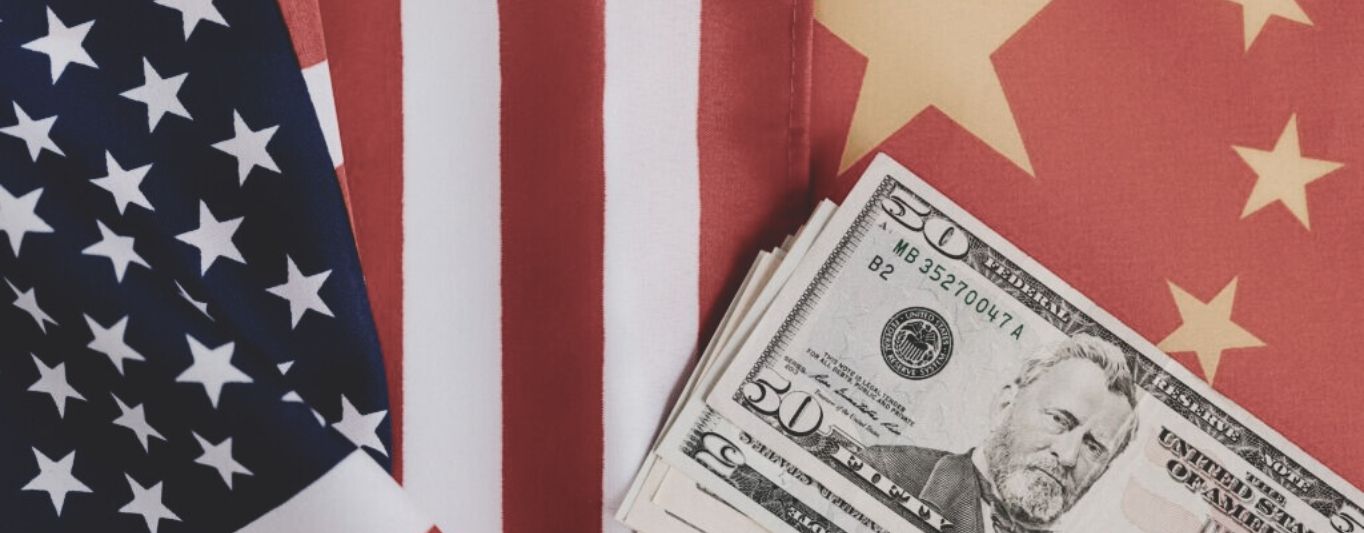While ongoing debt and disaster crises plunge lower-income countries into deepening financial damage, some wealthy states are sitting on billions in idle IMF reserves. Find out which nations have pledged to repurpose their unused reserves.
In August 2021, the International Monetary Fund (IMF) executed a historic $650 billion in Special Drawing Rights (SDRs) designed to help countries worldwide respond to the COVID-19 crisis and stabilise the global economy. While SDRs do not serve as a currency and cannot be directly utilised for purchases, they can be exchanged for another member’s reserves, such as dollars, pounds or euros, to import goods or to make payments like servicing debt.
However, the SDRs were not allocated based on need. Instead, the IMF distributes based on factors like economic size and existing reserves, meaning that the world’s biggest economies – which needed the least financial support – received most of that US$650 billion. Meanwhile, countries across Africa only received 5% of the total, equivalent to about US$33 billion in SDRs.
A promise to balance the books
This uneven SDR allocation sparked calls for a redistribution of reserves to address global inequality and bridge financing gaps between nations. And ostensibly, wealthier countries listened, pledging to rechannel a combined total of US$100 billion of their SDRs to assist smaller economies in stabilising their finances, alleviating debt burdens and investing in climate solutions.
However, the fulfilment of this promise has fallen short, with a gap of approximately $15 billion remaining.
Civil society organisations and campaigners worldwide are urging major economies to rapidly redistribute at least 30% of their SDRs to reach the global US$100 billion ambition. This tracker from the One Campaign illustrates the progress of G20 countries in delivering their SDR rechanneling promise.
Take a look at the nations that have met that 30% pledge and those falling short.
Best in class
These countries have committed SDR recycling of 30% and above:

Japan – 40%
Japan is leading the pack on SDR rechanneling, having doubled its pledge during the 2023 IMF Spring Meetings from 20%.

Australia – 39%
Australia has also pledged to recycle almost 40% of its US$8.9 billion SDR allocation.

China – 34%
China’s promised to rechannel 35% of their SDR reserves, bringing the equivalent of around US$14 billion back onto the table for distribution.

France – 30%
As the host of this year’s Global Pact Summit, where SDR rechanneling will be discussed, it’s unsurprising that France has met its 30% pledge commitment.

Saudi Arabia – 29%
Saudi Arabia is falling slightly behind the 30% rechanneling commitment, having promised to recycle almost US$4 billion in SDRs.
Lagging behind
These countries have not yet pledged to give back 30%:

USA – 0-21%
While the USA currently holds the most SDRs – worth US$113 billion – so far they’ve only committed to recycling 21%, and even this amount has not been authorised by the U.S. Congress.

South Korea – 16%
South Korea has promised to redistribute half of what G20 countries are being requested, pledging to rechannel less than US$2 billion.

Canada – 18%
While the country’s leaders have made bold statements on the urgent need to redistribute SDRs to more vulnerable countries, they’ve only pledged to recycle 18% of theirs.

Spain – 20%
Of the almost US$13 billion in SDRs that Spain has been allocated, so far they’ve pledged to rechannel US$2.5 billion.

Italy – 20%
While Italy has also acknowledged the importance of SDR rechanneling, they haven’t met requests to pledge 30% of their reserves at this stage.

United Kingdom – 20%
With the fifth largest SDR allocation of the G20 countries, the UK has only committed to rechanneling US$5.5 billion of its reserves.





